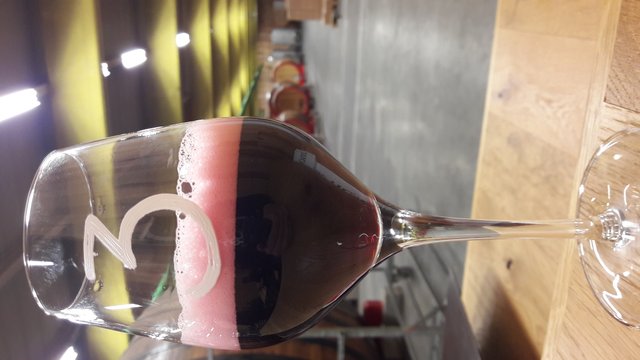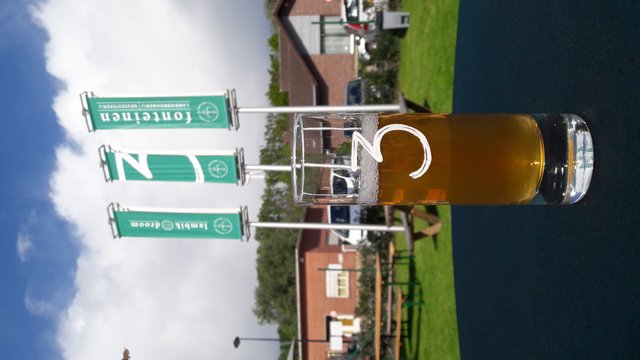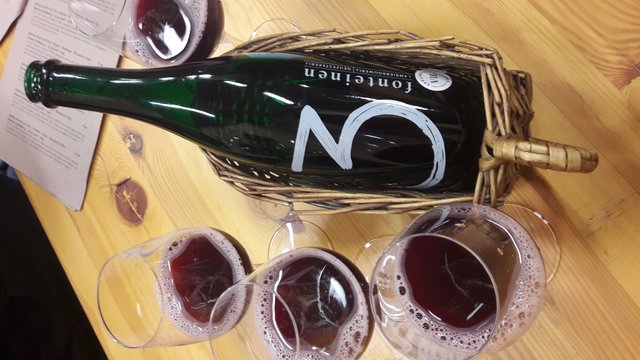For the last three years, I tried my best to study the technologies of production and tasting of lambics and geuze, for which I had to go to Belgium a couple of times a year. It is possible that Belgium is a magnet for someone, but to be honest, if there were no sour Belgian beers, I would love to spend time on more pleasant places in Europe. Although now I can call myself a professional in tasting and recognizing lactic acids, so this time was not wasted😊 This material of our beer blog is devoted to the best in the world of lambic and geuze - the brewery "3 Fonteinen". I first heard about “Dri Fonteinen” from German and then from American brewer friends, who in every possible way extolled and admired this geuzestekerij (lambic and geuze producer). Having just tried these three years ago, i was amazed that they were lambic and geuze, after which they were created in their signature tasting-bar “Lambic O-Droom” in Lot, near Brussels in the Pajottenland region. The story of "Dri Fonteinen" began in 1953, when Gaston Debelder and his wife acquired an old bar-geuzestekerij in the town of Beersel, which has been producing sour blends since 1887. Gradually develop and expand, and are preparing to leave the family business - Armand, at that time was a young and promising chef specializing in local Flanders cuisine. For a whole decade, Arman and his brother successfully continued their father’s business, while in the 1990s lambics and geuze began to lose their popularity dramatically, even among the local people of Pajottenland, because young people preferred more understandable lagers, “fruit” beer and wine, and the old generation went into another world.
However, in 1993, the situation changed dramatically after the award of “3 Fonteinen” and another special award of the Belgian brewers, which attracted the attention of all manufacturers and Pajottenland in general, national attention. It was the wine definition “terroir” applied to the “Lambicland” region that was able to actually arouse local lambics and geuze to the “elite” level. And in 1997, Arman founded a new company, deciding to focus on the continuation of the tradition. By the end of the 2000s. “3 Fonteinen” finally got on its feet, and it seemed that the takeoff would be endless, but one of the summer nights of 2009 a tragedy occurred: in a warehouse with 80,000 bottles lambics and geuze, the temperature controller failed, which led to a sharp jump temperatures from 18 to 60 degrees and an explosion of 13,000 bottles.
The brewing friends helped to save the geuzestekerij. They even brewed a special “charity” beer, all the proceeds from the sale of which went to pay off Arman’s company debt. Among other things, one of his friends offered to distill more than 60000 bottles of spoiled lambics and geuze, revealing to the world a series of distillates “Armand`Spirit”. In two years, the situation was corrected and “3 Fonteinen” fully recovered, and in 2012 Arman installed brewing equipment to produce a full cycle using his own lambics (99% of Belgian blenders buy ready-made lambics, keeping them in various wooden barrels and then producing blends-geuze and fruit lambics).
Gradually expanding the park of wooden barrels (including actively experimenting with barrels from the Czech Republic, directly from the Pilsen Urquell) and improving skills, Arman received recognition from American fans of sour ales and is informally considered the best Geuzestekerij in the world, with which I personally completely agree. If you have time, I strongly recommend you visit “3 Fonteinen”. Also you can see short video with a tour of “3 Fonteinen” I took on one of my last trips there in May 2019.


